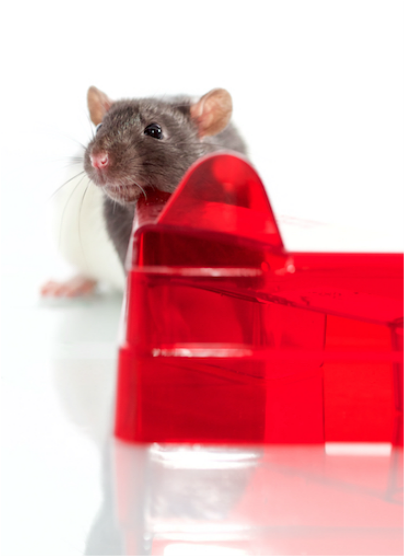You must comply with Hong Kong Law and have Animal Ethics Experimentation Committee (AEEC) Approval from CUHK
Are You Compliant???General Regulations and Duties
|
|
|
|
Working with Animals from Outside CUHK
Unless prior approval has been given, the following must not be brought into the Animal Holding Core or School of Biomedical Sciences:
Unless prior approval has been given, the following must not be brought into the Animal Holding Core or School of Biomedical Sciences:
- animals (dead or alive)
- animal organs or tissues/fluids derived from animals (including, but not restricted to serum, plasma, blood, urine)
- tumour or cell lines
- equipment, clothing (including laboratory coats) or other items that have had contact with animals NOT from LASEC
- Should you wish to bring in animals, cell lines or equipment, seek the advice of Animal Holding Core/LASEC staff.
- Arrangements can be made to health screen animals and clean equipment and caging.
- Protocols are in place to assist you in matters involving collaboration with outside partners.


